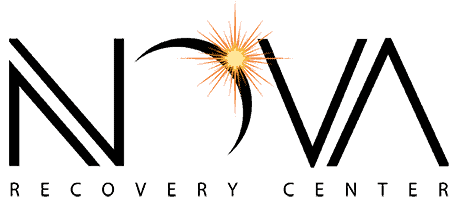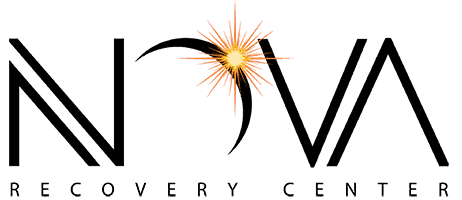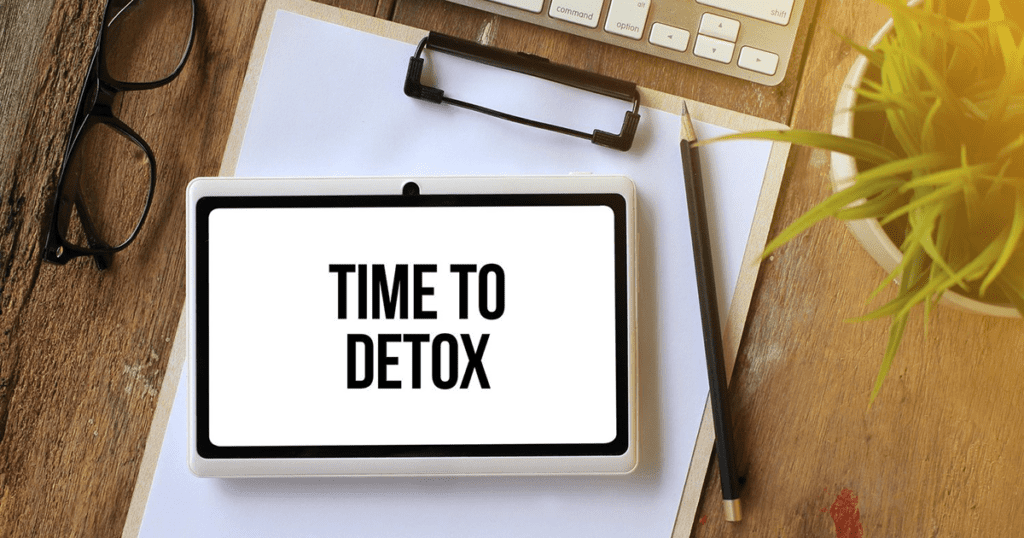Last Updated on October 25, 2025
How Digital Detox Helps in Recovery from Addiction
At a Glance: How Digital Detox Supports Recovery
- What it is: A planned break from screens and online media to reduce stimulation and reset attention and mood regulation.
- Why it helps: Stepping away from constant notifications lowers dopamine overstimulation, promoting emotional stability and making everyday activities more rewarding again.
- Recovery impact: Less exposure to online triggers (e.g., substance-related images/messages) supports sobriety and helps you focus on real-life routines that reinforce recovery.
- How often: The article suggests a weekly digital detox for ~24–36 hours; some people may opt for a full two days.
- Where to get help: Nova Recovery Center offers evidence-based care (CBT, detox, inpatient, outpatient, sober living) and invites readers to call or book an appointment.
Table of Contents
Addiction could be caused by a number of factors like personal trauma, physical problems, low self-esteem, depression, and many more. If you or anyone you know is recovering from addiction, it is important to know about digital detox.
With the internet and digital social media becoming the norm in the 21st century, it is a new method to cope with the urges to consume alcohol, opioids, and other high-stress situations.
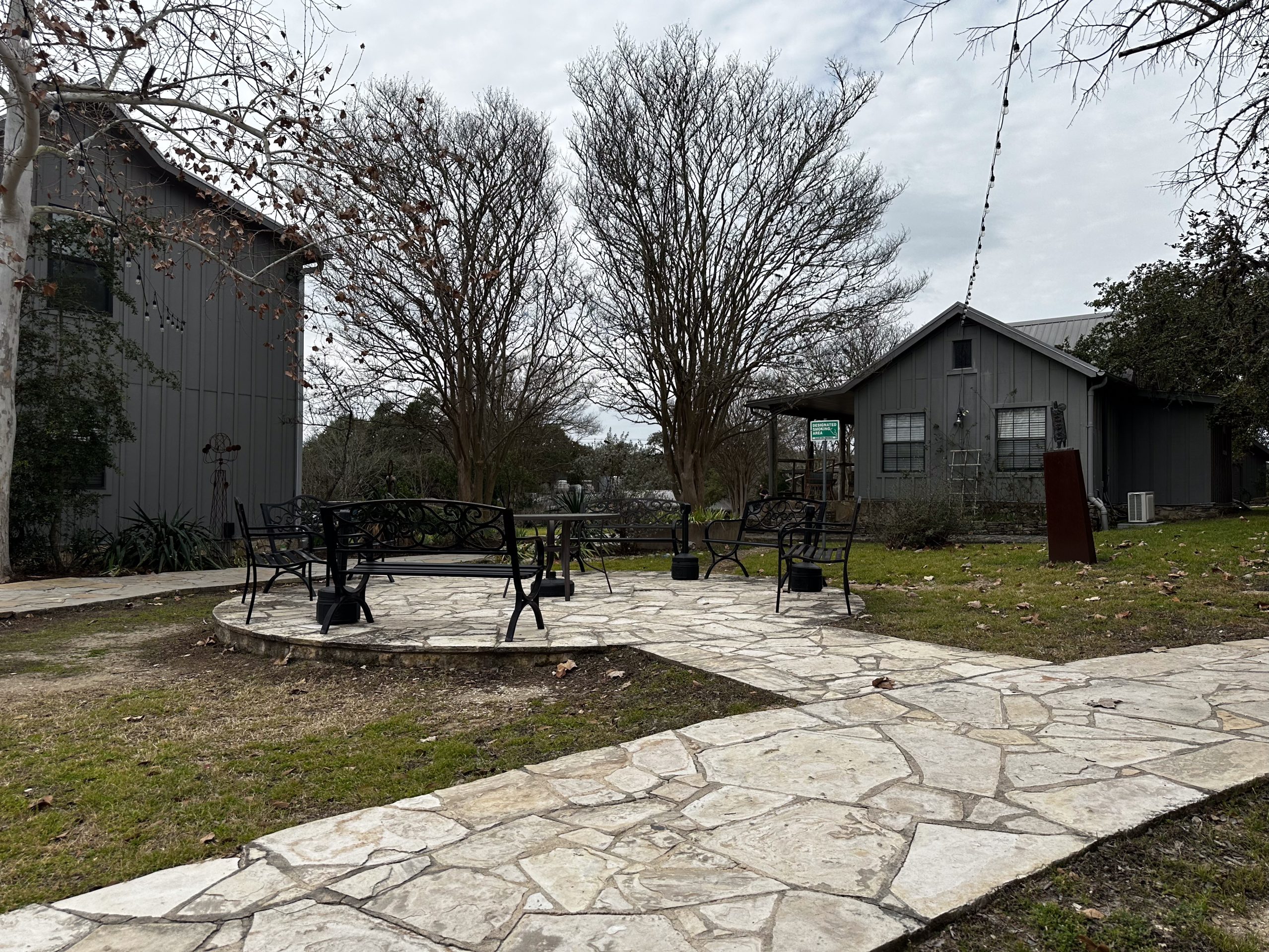
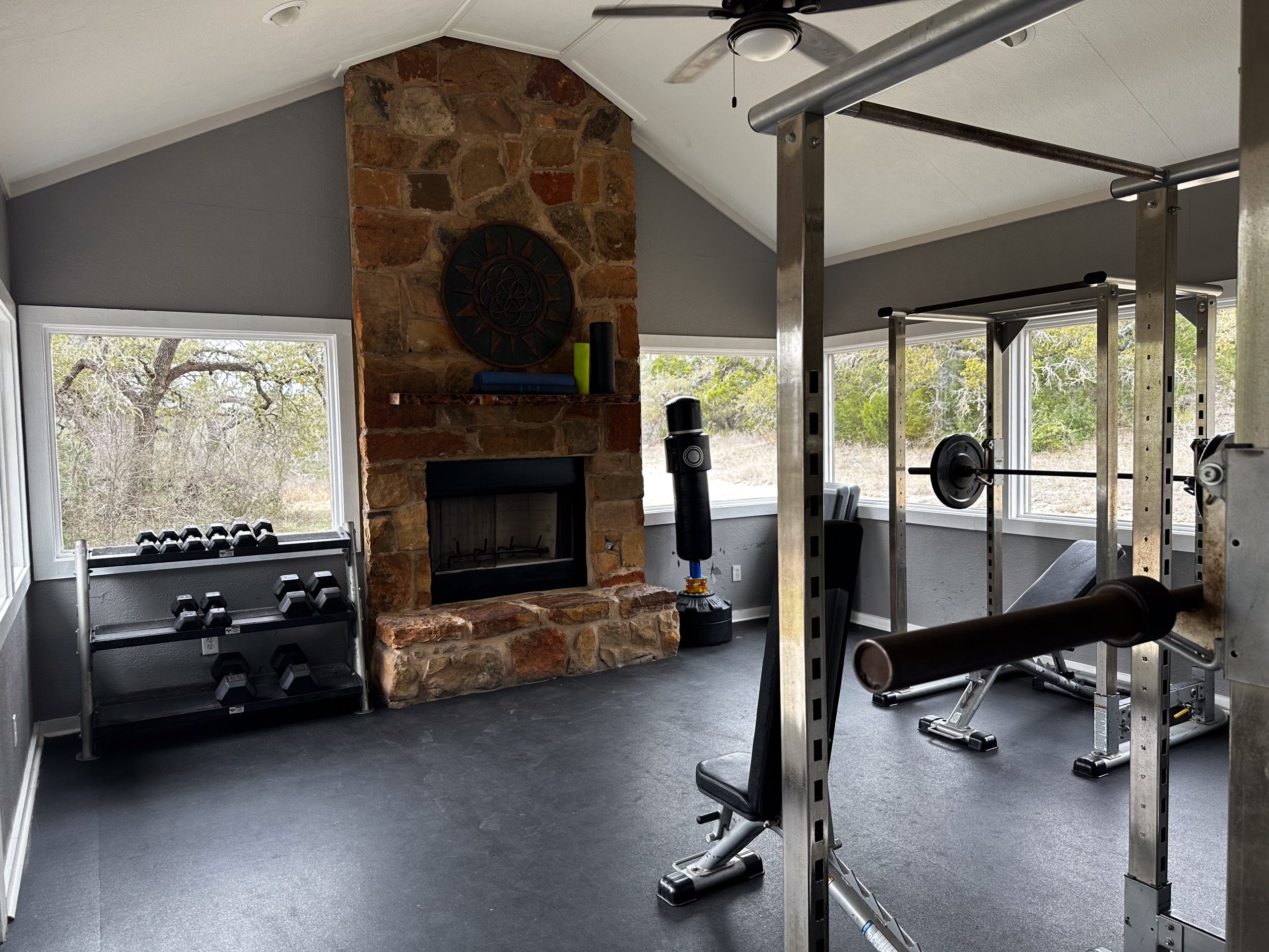
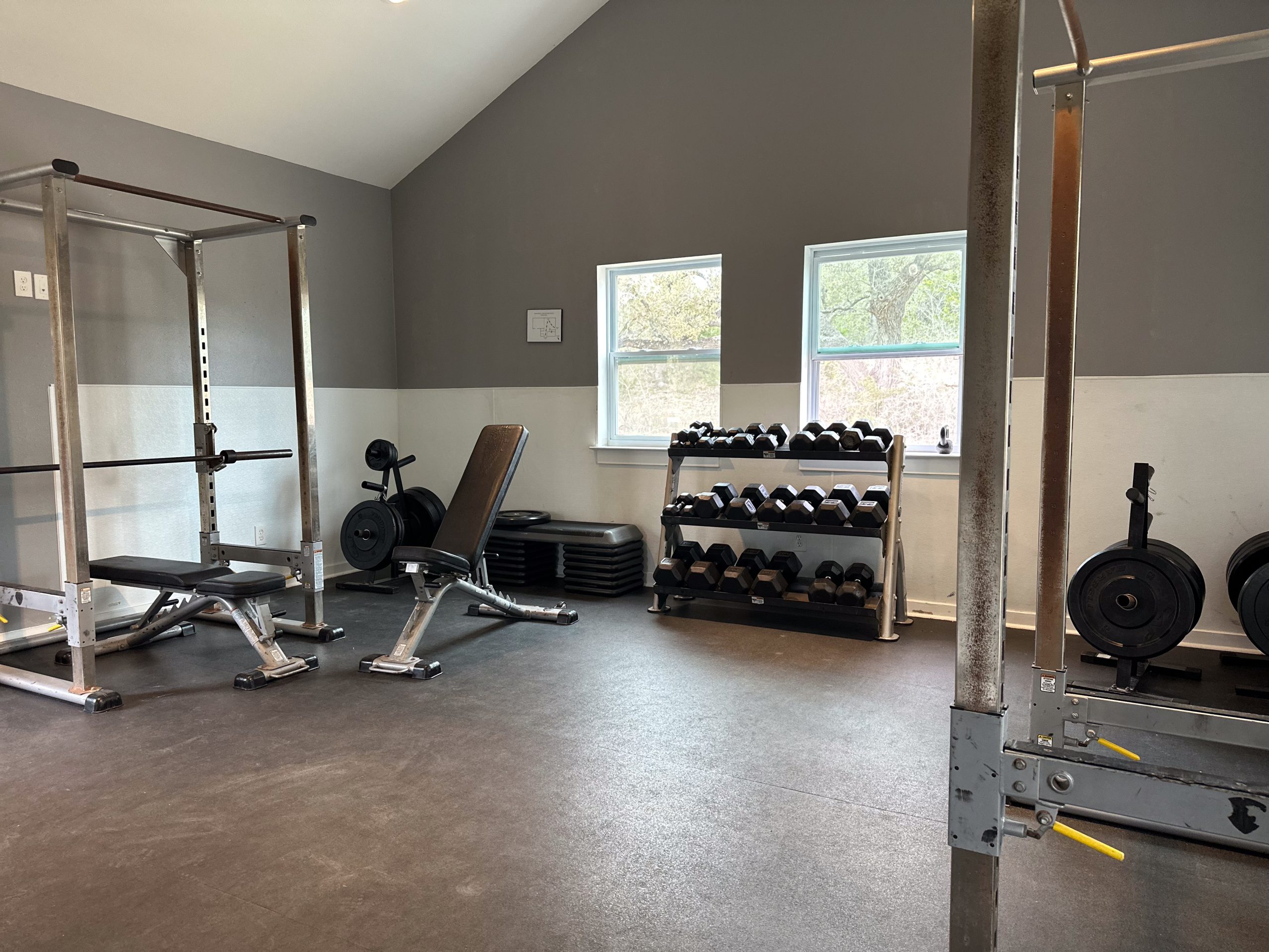

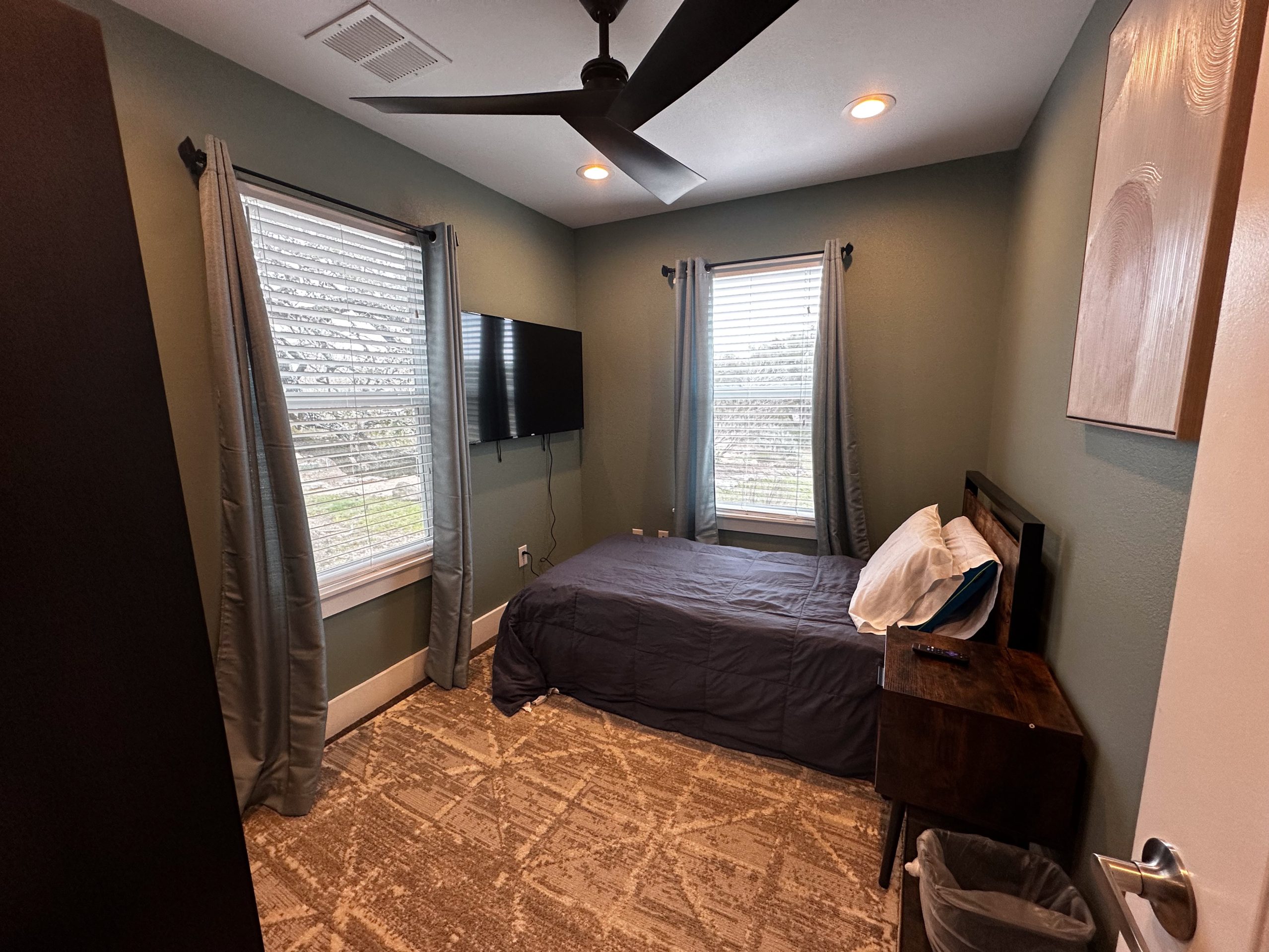

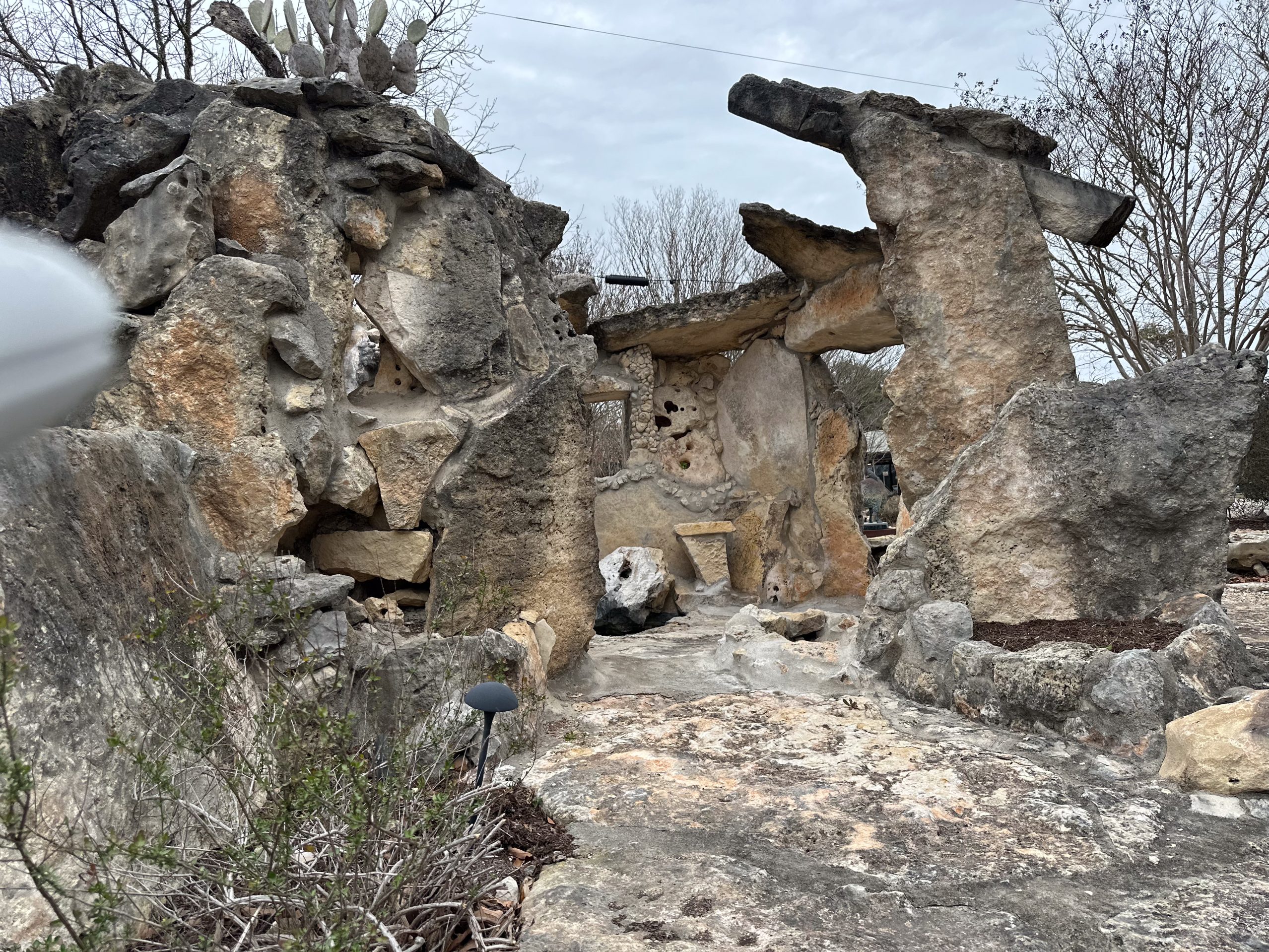
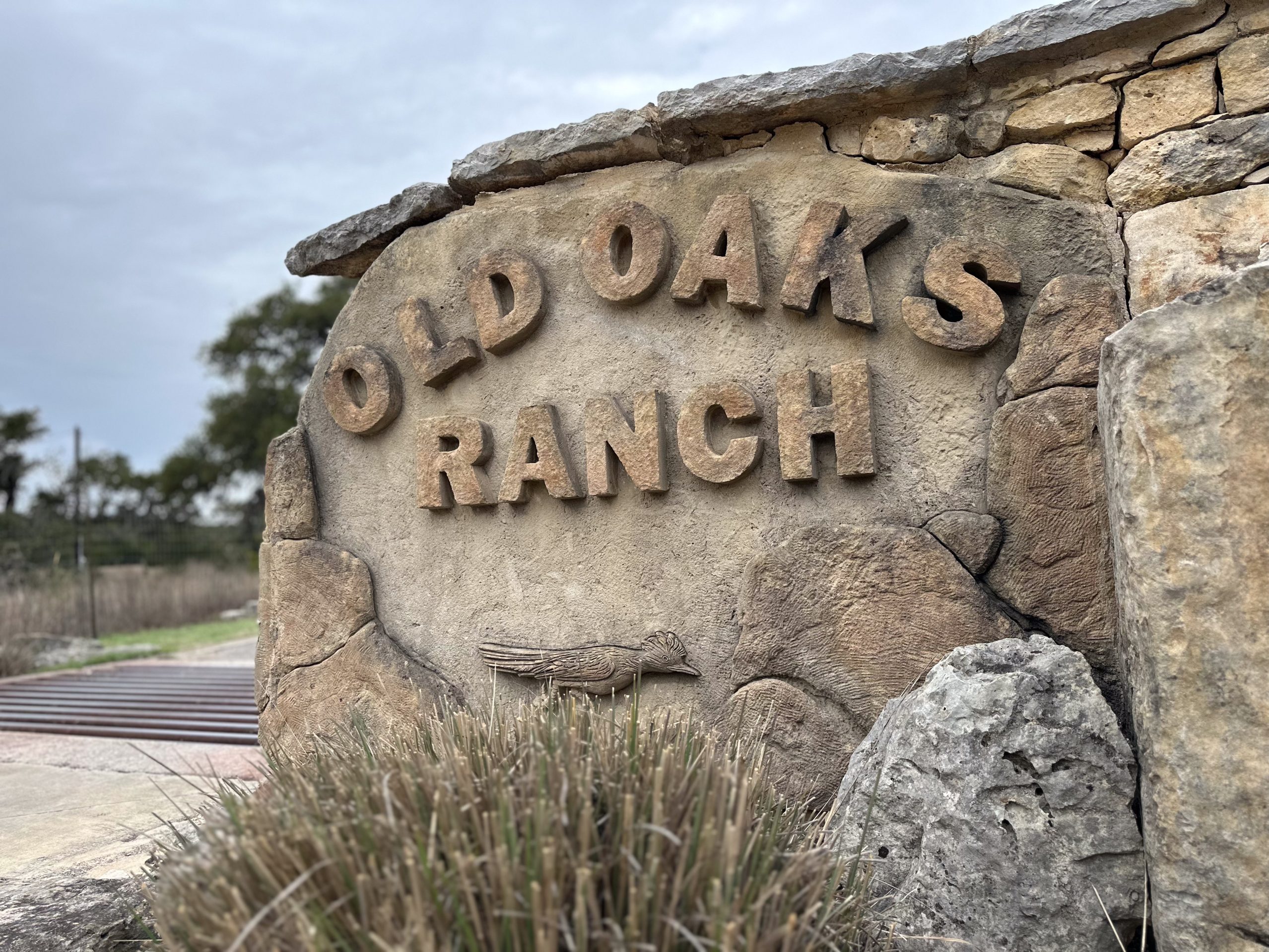
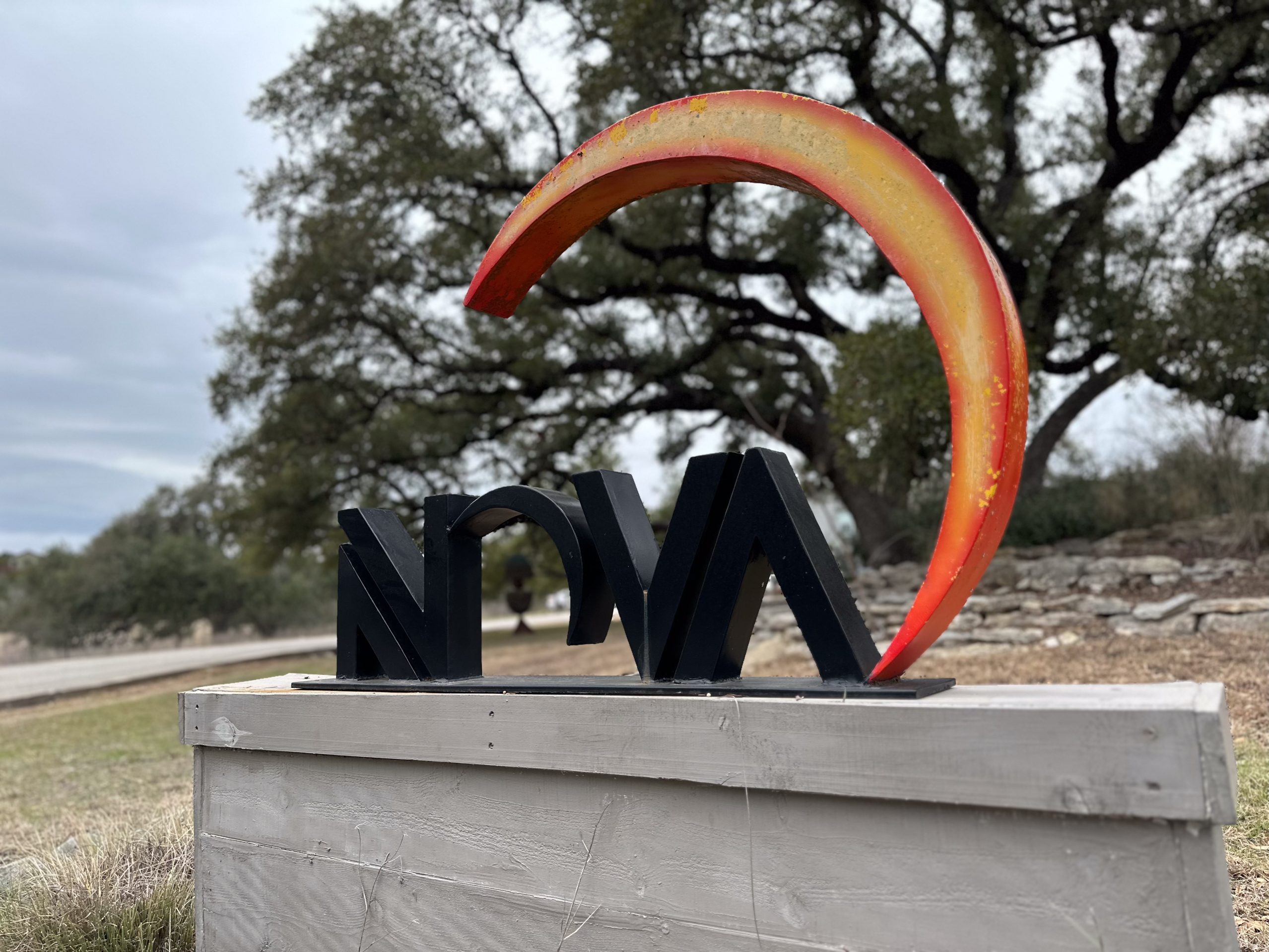

What is Digital Detox?
Digital detox as the name suggests is the practice of removing yourself from digital media and screens for a specific period of time. In today’s fast-paced world, an event, an update, or a notification happens at each and every moment.
Every time, when the event is good or beneficial to us, or if somebody appreciates us, likes our posts, or anything on social media, we feel happy about it. This happiness is caused by the secretion of dopamine which makes us feel good.
When we are constantly bombarded with digital signals and notifications about one or the other, our brain receives a constant dose of dopamine. Although dopamine is a good chemical that makes us feel good, an overdose of dopamine leads to an overall numbing of our senses.
In other words, we don’t feel happy and satisfied easily as our systems are already flooded with dopamine. However, when the flow of dopamine is reduced or stopped, we start to enjoy small things in life. Learn what addiction recovery typically involves and how a digital detox fits into long‑term care.
Why Digital Detox is Important
When you engage in digital detox, you switch off the phones, laptops, computers, and all forms of digital screens, your body doesn’t secrete dopamine easily. This rids the system of the chemical.
So after 24 to 48 hours, your system will be free from dopamine. So, you won’t feel super excited about small things. Similarly, you won’t feel bad for small setbacks. This puts you back into a state of emotional stability.
When you are emotionally stable, you can observe your thoughts, and actions and respond as per the need. When you don’t have to stay in front of a screen, you will be more than happy to go for a walk or a run. This helps you to concentrate on your fitness, which helps in your recovery.
Freedom Starts Here. Take Back Your Life Today.
Same-Day Admissions in Austin Available.
How it Helps in Addiction Treatment
Digital detox helps and contributes to your sober life too. If you are constantly bombarded with images and messages about alcohol, drugs, or the environment in which you have already used drugs, it could tempt you to go back to substance abuse. Use your relapse prevention plan to schedule screen‑free windows around high‑risk times.
Also, you will feel happy about the real things that you have in life. You will neither be overwhelmed nor underwhelmed at the reality of things. So, you can safely work on your sober life and strengthen that foundation with group counseling. If your environment is highly triggering, inpatient alcohol rehab Austin provides 24/7 structure and clinical support.
Related:
How Often Should You do Digital Detox
At Nova Recovery Center, we provide a wonderful environment for your recovery from alcoholism and drug abuse. A digital detox can be safely done by anyone, including recovering addicts.
It can be done once every week for 24 to 36 hours. In fact, you can choose to go on a digital detox for 2 days at a stretch. Early in recovery, a residential inpatient rehab program can help you build stable offline routines before reintroducing technology.
Signs You Might Benefit from a Digital Detox
Digital detox is about using technology on your terms. If any of the following feel familiar, a short, structured break can support addiction recovery: you see substance‑related posts that spark cravings, you scroll late at night and wake up foggy, your mood dips after comparisons, or you feel distracted in conversations, meetings, or group therapy.
A Practical Digital Detox Plan (7 Days)
Day 1: Map triggers
List apps, sites, and times that lead to cravings or lost time. Note how you feel before and after using them.
Day 2: Prep the environment
Turn off non‑essential notifications, remove high‑risk apps from the home screen, enable Do Not Disturb, and set exceptions for family, your sponsor, and essential work contacts. Tell your support network you’ll be less reachable and share an urgent‑contact plan.
Day 3: 24‑hour reset
Power down non‑essential screens. Use an analog alarm clock. Keep your phone available for calls and texts only. Fill the day with recovery‑supportive activities: a meeting, a walk, time in nature, a meal with a sober friend, and an early bedtime.
Day 4: Extend to 36–48 hours (optional)
If the reset felt helpful, keep it going for another half‑day. Keep a simple cravings log: what happened, how you felt, and what you did instead.
Day 5: Reintroduce with intention
Set two brief windows to check messages. Avoid algorithm‑driven feeds. Unfollow or mute accounts that glorify drinking or drug use, and subscribe to recovery‑positive sources.
Day 6: Add guardrails
Use app limits or website blockers during work and at night. Establish bright‑line rules such as “no phone at meals,” “no devices in the bedroom,” and “no scrolling in the first hour after waking.”
Day 7: Review and schedule
Note improvements in sleep, mood, and focus. Choose a recurring weekly detox window—24 to 36 hours works well for many people—and put it on the calendar so loved ones and coworkers know what to expect.
Offline Habits that Reinforce Sobriety
A digital detox works best when you replace screen time with routines that support a sober life. Try one movement habit (walks, yoga, light strength training), one connection habit (a support group meeting, coffee with a mentor, volunteering), and one creativity or learning habit (journaling, playing music, reading). Cook a simple meal, tidy a room, or start a small home project. These ordinary actions restore momentum and make daily life feel safer and more rewarding.
Boundaries, Safety, and Sustainability
Tech boundaries stick when people around you understand them. Share a simple message: “I’m doing a weekly digital detox to support my recovery. If it’s urgent, call or text.” At work, batch email and messaging into set blocks and let teammates know your response windows. If your job requires real‑time availability, set narrower detox periods—weekend mornings or evenings—and keep emergency channels open.
Keep essentials—emergency calling, maps, and contacts—available at all times. If you live alone, share your detox schedule with a trusted person. If you rely on your phone for transportation or work, consider a “lite” detox that removes social, news, and entertainment apps while keeping necessities. Be flexible; the goal is progress, not perfection. If you slip into scrolling, close the app and return to the plan without self‑criticism.
When Technology Helps Recovery
Digital detox does not mean avoiding all technology forever. Used intentionally, tech can strengthen recovery. Telehealth sessions, online support groups, and evidence‑based tools—such as cognitive behavioral therapy (CBT) exercises or mood‑tracking apps—help you practice skills between appointments. The key is to move from passive scrolling to purposeful, time‑boxed use. Before you log on, ask: What am I here to do, and how will I know I’m done?
Where Do I Turn For Help?
At Nova Recovery Center, we provide the best cognitive behavioral therapy (CBT) to combat your addictions. It trains you mentally, emotionally, and physically to stay out of substance abuse. We have many sober living homes and detox centers in Texas. If you need a safe medical start, begin at an alcohol detox center in Austin. Book an appointment today. If you feel that you need help with an addiction and want to learn more about outpatient drug rehab Austin, TX, please call Nova Recovery Center at (888) 427-4932 or contact us online today. Not sure of next steps? See our admissions process.
Support at Nova Recovery Center
At Nova Recovery Center, digital detox is one piece of comprehensive addiction treatment. Our clinicians can incorporate screen‑use boundaries into your individualized plan alongside CBT, relapse‑prevention skills, and peer support. Whether you’re beginning detox, moving through inpatient or outpatient care, or transitioning into sober living homes, we’ll help you build routines that protect your time, attention, and health. We also offer detox centers in Texas and outpatient drug rehab in Austin, Texas. To learn more or start today, call (888) 427‑4932 or contact us online.
FAQs: Digital Detox & Addiction Recovery
What is a digital detox?
A digital detox is a planned period of limiting or pausing device and social media use to reduce overstimulation and refocus on real‑world activities and relationships. It’s commonly done for a day or a weekend and can be tailored (e.g., social media–only).
How can a digital detox support addiction recovery?
Reducing screen time lowers exposure to substance‑related cues (ads, posts, messages) that can trigger cravings. Short social‑media breaks have been associated with better sleep, lower stress, and improved well‑being—factors that reinforce recovery routines.
How long should I try a digital detox?
Many people start with 24 hours and extend to a weekend once it feels manageable. The key is consistency (e.g., a weekly 24–48‑hour window) and keeping emergency calling/texting available. Choose a duration with your clinician that fits your stage of care.
What should I do instead of scrolling during a detox?
Schedule recovery‑supportive activities: meetings, a walk, journaling, cooking, or time with a sober friend. Filling the time reduces urges to check feeds and builds healthy reinforcement for your sober life. Evidence shows short social‑media breaks can improve sleep and perceived wellness.
Is a digital detox safe in early recovery?
Yes, but keep essential phone functions on and coordinate with your treatment team. A detox is a behavioral boundary—not medical treatment—and should complement, not replace, professional care. For clinical guidance, rely on evidence‑based treatment plans.
What types of addiction treatment work alongside a digital detox?
Evidence‑based care includes behavioral therapies (such as CBT), medication for opioid/alcohol use disorders when appropriate (MAT), peer support, and structured aftercare. A digital detox can make those strategies easier to practice by reducing distractions and triggers.
How does cognitive behavioral therapy (CBT) help with cravings related to online triggers?
CBT teaches skills to identify cues, challenge unhelpful thoughts (“I can’t cope without using”), and replace them with coping behaviors (urge surfing, calling support, walking). These strategies are core components of research‑supported SUD treatment.
Does sobriety mean I have to avoid all technology?
No. The goal is intentional use: set windows for messages, avoid algorithmic feeds during vulnerable times, and keep phones out of sleep spaces. Technology (telehealth, online meetings) can support recovery when time‑boxed and purpose‑driven.
What are sober living homes and who benefits from them?
Sober living homes provide alcohol‑ and drug‑free housing with accountability and peer support after detox or treatment. They’re helpful for people who want structure while rebuilding routines and social networks.
What’s the difference between inpatient and outpatient addiction treatment?
Inpatient/residential programs offer 24/7 structure on‑site; outpatient programs allow you to live at home and attend scheduled therapy (standard OP or Intensive Outpatient/IOP). Both can be effective depending on medical needs, safety, and support.
Are alcoholism and drug abuse treated the same way?
Treatments overlap (behavioral therapy, peer support, relapse‑prevention skills), but specific medications and clinical protocols may differ by substance. A professional assessment determines the best plan.
What is dopamine and does a ‘dopamine detox’ reset it?
Dopamine is a neurotransmitter involved in motivation and reward. Many addictive drugs cause large, rapid dopamine spikes, which can reinforce use. A “dopamine detox” isn’t a medical reset; rather, reducing high‑stimulation activities (like endless scrolling) can help attention and mood.
Does social media increase dopamine and affect cravings?
While social media isn’t a drug, frequent, unpredictable rewards (likes, notifications) can reinforce compulsive checking. Short social‑media breaks have shown benefits in sleep, stress, and life satisfaction—useful for recovery stability.
How long does recovery take?
Recovery is an ongoing process. Many people need a combination of therapies and support over time; treatment helps people regain control and maintain long‑term remission even though addiction is a chronic, manageable condition.
Other Drug and Alcohol Rehab Locations
Medical Disclaimer
The information provided on this page is for educational purposes only and is not a substitute for professional medical advice, diagnosis, or treatment. Always seek the guidance of a licensed healthcare provider regarding any questions you may have about addiction, mental health, or medical conditions. Do not attempt to start, stop, or modify any treatment plan without consulting your doctor. If you are experiencing a medical emergency or thoughts of self-harm, call 911 in the United States or seek immediate medical attention.
Nova Recovery Center Editorial Guidelines
By instituting a policy, we create a standardized approach to how we create, verify, and distribute all content and resources we produce. An editorial policy helps us ensure that any material our writing and clinical team create, both online and in print, meets or exceeds our standards of integrity and accuracy. Our goal is to demonstrate our commitment to education and patient support by creating valuable resources within our realm of expertise, verifying them for accuracy, and providing relevant, respectful, and insightful data to our clients and families.
- American Psychological Association. (n.d.). The molecule of more—dopamine (podcast episode). Retrieved October 13, 2025, from https://www.apa.org/news/podcasts/speaking-of-psychology/dopamine
- National Institute on Drug Abuse. (2018). Understanding drug use and addiction (DrugFacts). Retrieved October 13, 2025, from https://nida.nih.gov/publications/drugfacts/understanding-drug-use-addiction
- National Institute on Drug Abuse. (2020). Drugs and the brain. In Drugs, brains, and behavior: The science of addiction. Retrieved October 13, 2025, from https://nida.nih.gov/publications/drugs-brains-behavior-science-addiction/drugs-brain
- Substance Abuse and Mental Health Services Administration. (2021). Telehealth for the treatment of serious mental illness and substance use disorders (SAMHSA Publication No. PEP21-06-02-001). Retrieved October 13, 2025, from https://library.samhsa.gov/sites/default/files/pep21-06-02-001.pdf
- Substance Abuse and Mental Health Services Administration. (n.d.). Evidence-Based Practices Resource Center. Retrieved October 13, 2025, from https://www.samhsa.gov/libraries/evidence-based-practices-resource-center
